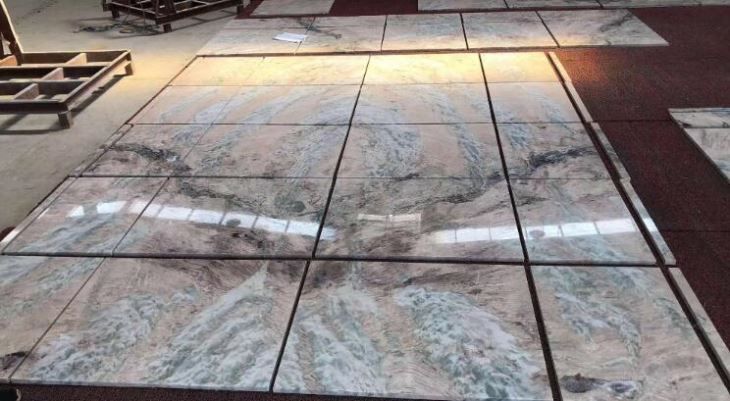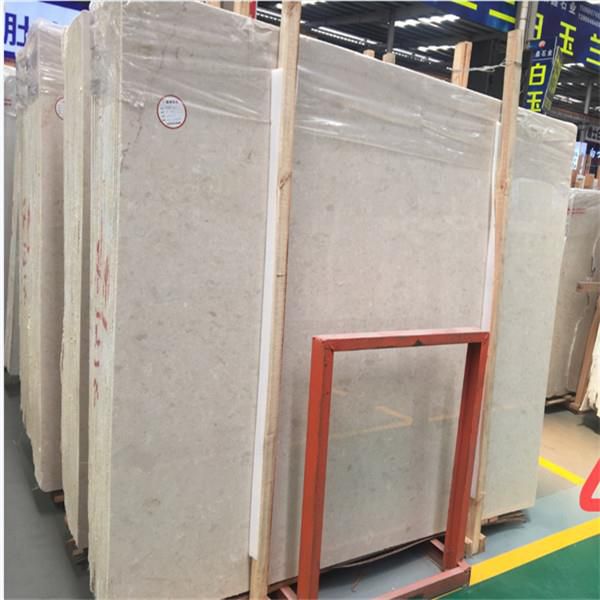Travertine, also known as travertine, is a macroporous secondary calcium carbonate formed on the surface by karst springs, rivers, and lakes. It generally has a porous sponge-like structure and a thin shell-like, massive structure. The cause is that the groundwater or surface water in the karst area is in a suitable environment, and often under the influence of the action of the plant, causing the calcium carbonate to be supersaturated and deposited. In some areas, underground hot water is exposed to the surface in the form of hot springs.
Due to changes in environmental conditions such as pressure and temperature, some chemical deposits dissolved in hot water often form Quanhua near the spring, with CaCO3 precipitates. The travertine formed is the most common. The Mammath Hot Springs in Yellowstone National Park in the United States form a variety of Quanhua Group, which is highly appreciated by tourists. There are also a large number of high-temperature hot springs in Tibet and Yunnan.




